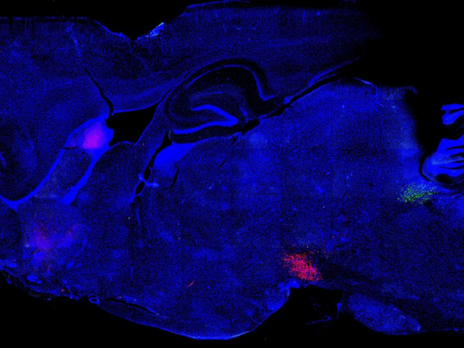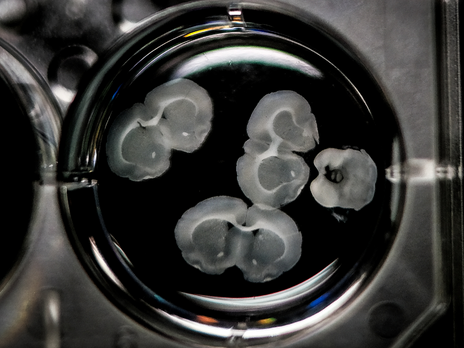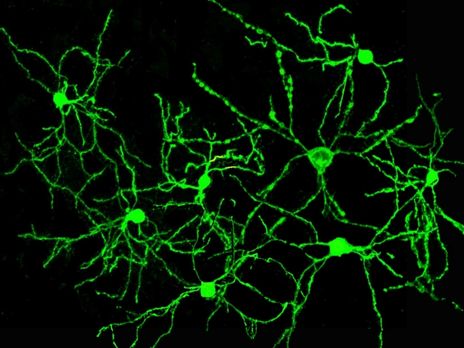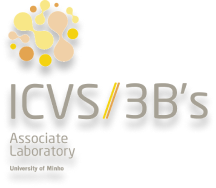Scientific Highlights
(1) T. T. A. Carvalho, A. J. Fontenele, M. Girardi-Schappo, T. Feliciano, L. A. Aguiar, T. P. Silva, N. A. de Vasconcelos, P. V. Carelli and M. Copelli, “Subsampled directed-percolation models explain scaling relations experimentally observed in the brain”, Front. Neural Circuits, vol. 14, p. 83, 2021.
(2) M. Girardi-Schappo, L. Brochini, A. A. Costa, T. T. A. Carvalho, and O. Kinouchi, “Synaptic balance due to homeostatically self-organized quasicritical dynamics”, Phys. Rev. Research, vol. 2, p. 012042(R), 2020.
(3)N. Lotfi, T. Feliciano, L. A. A. Aguiar, T. P. L. Silva, T. T. A. Carvalho, O. A. Rosso, M. Copelli, F. S. Matias, and P. V. Carelli, “Statistical complexity is maximized close to criticality in cortical dynamics”, Phys. Rev. E, vol. 103, p.012415, 2021.
(4)T. T. A. Carvalho, L. B. Domingos , R. O. Shimoura, N. L. Kamiji, V. L. Cordeiro, M. Copelli and A. C. Roque, “[Re] Context-Dependent Encoding of Fear and Extinction Memories in a Large-Scale Network Model of the Basal Amygdala”, ReScience, vol. 7, 2021.
(5) M. Girardi-Schappo, E. F. Galera, T. T. A. Carvalho, L. Brochini, N. L. Kamiji, A. C. Roque, O. Kinouchi, “A unified theory of E/I synaptic balance, quasicritical neuronal avalanches and asynchronous irregular spiking”, Journal of Physics: Complexity, vol. 2, p. 045001, 2021.












